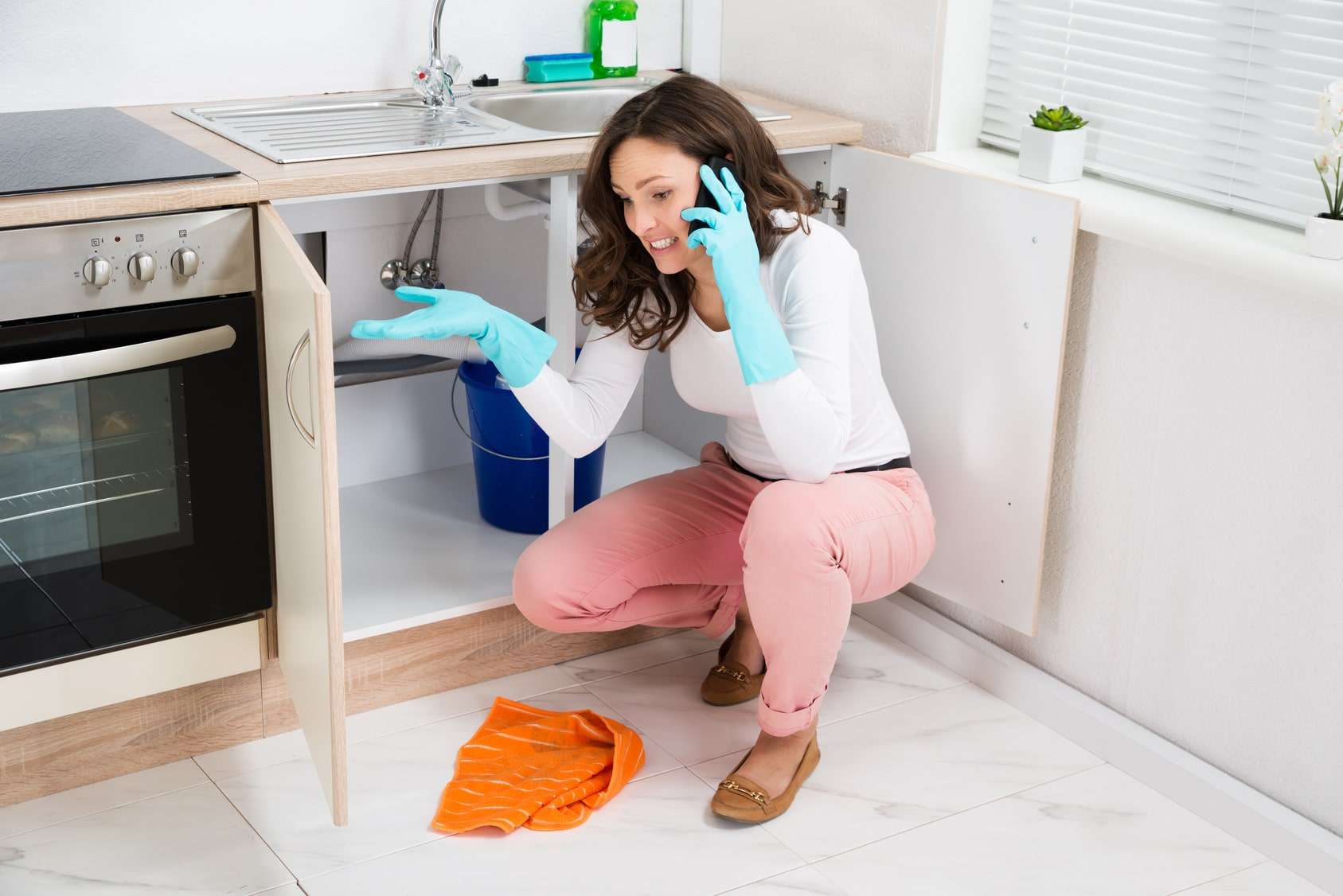What're your thoughts and feelings about How to detect water leaks in your home?

Leakages not only trigger waste of water yet can also create unneeded damage to your home as well as promote undesirable organic growth. By looking as well as recognizing for daily scenarios that create leaks, you can secure your house from future leaks and unneeded damages.
Elbowing in origins
Most water leakages start outside your home as opposed to inside it. If you notice a sudden decline in water stress, say in your faucet, take some time to go out and analyze your lawn. You might see damp spots or sinkholes in your lawn, and that could indicate that tree roots are attacking water lines creating water to permeate out. You can have your plumber check for intrusion, specifically if you have trees or hedges near your residential property.
Rusty water systems
This may be the reason of staining or bending on your water pipelines. If our plumbing system is old, consider replacing the pipelines because they are at a greater risk of rust than the newer designs.
Malfunctioning Pipe Joints
Pipeline joints can weaken over time, resulting in water leaks. If you have noisy pipelines that make ticking or banging sounds, particularly when the hot water is turned on, your pipeline joints are most likely under a great deal of pressure.
Instantaneous temperature changes.
Severe temperature level modifications in our pipes can trigger them to broaden and also get unexpectedly. This expansion and contraction may cause fractures in the pipes, particularly if the temperature are below freezing.
Poor Water Connectors
At times, a leak can be brought on by loosened tubes and also pipelines that supply your appliances. Typically, moving is what causes the loose water Links. You may find in the case of a cleaning device, a hose might spring a leak due to drinking during the spin cycle. In case of a water links leakage, you may observe water running directly from the supply line or pools around your appliances.
Clogged Drains
Clogged drains pipes could be annoying as well as inconveniencing, however they can sometimes end up triggering an overflow causing break pipelines. Maintain removing any materials that may decrease your drains that might block them to prevent such troubles.
All the above are sources of leaks yet not all water leakages arise from plumbing leaks; some leaks might originate from roof covering leakages. All leakages ought to be repaired immediately to avoid water damages.
Leaks not only create waste of water however can also trigger unnecessary damages to your home and also promote undesirable organic development. By comprehending and looking for day-to-day situations that create leaks, you can safeguard your home from future leakages as well as unneeded damages. Today, we will look at 6 leakage triggers that might be creating your pipes to leak.
At times, a leak can be caused by loosened pipes as well as pipelines that provide your devices. In instance of a water links leakage, you may see water running directly from the supply line or pools around your home appliances.
How To Check For Water Leak In Your Home
How To Check for Leaks
The average household's leaks can account for nearly 10,000 gallons of water wasted every year and ten percent of homes have leaks that waste 90 gallons or more per day. Common types of leaks found in the home are worn toilet flappers, dripping faucets, and other leaking valves. These types of leaks are often easy to fix, requiring only a few tools and hardware that can pay for themselves in water savings. Fixing easily corrected household water leaks can save homeowners about 10 percent on their water bills.
To check for leaks in your home, you first need to determine whether you're wasting water and then identify the source of the leak. Here are some tips for finding leaks:
Take a look at your water usage during a colder month, such as January or February. If a family of four exceeds 12,000 gallons per month, there are serious leaks.
Check your water meter before and after a two-hour period when no water is being used. If the meter changes at all, you probably have a leak.
Identify toilet leaks by placing a drop of food coloring in the toilet tank. If any color shows up in the bowl after 10 minutes, you have a leak. (Be sure to flush immediately after the experiment to avoid staining the tank.)
Examine faucet gaskets and pipe fittings for any water on the outside of the pipe to check for surface leaks.
Undetected water leaks can happen without the home or business owner even realizing. If you suspect a water leak, but not able to find the source. It is time to contact a professional water leak detection service, The Leak Doctor.
How To Find a Water Leak In Your Home
https://www.leakdoctor.com/blog/How-To-Check-For-Water-Leak-In-Your-Home_AE197.html

We are very serious about Common Water Leaks In House and I really hope you enjoyed my blog entry. Sharing is caring. You just don't know, you may be helping someone out. Thanks a bunch for your time. Kindly check up our blog back soon.
Stay calm, contact!